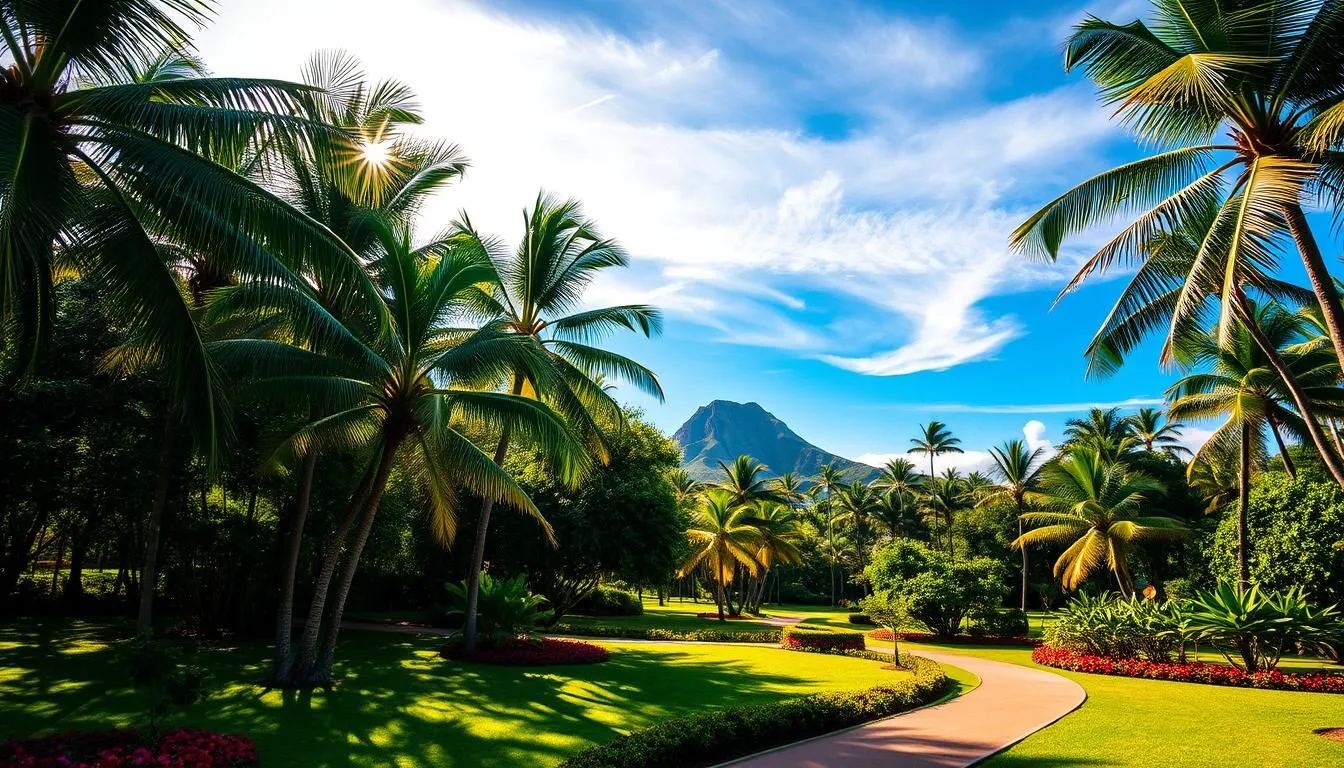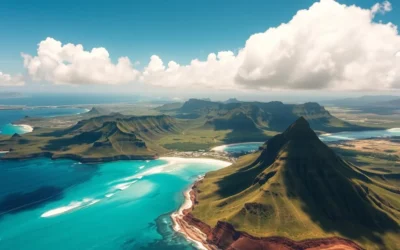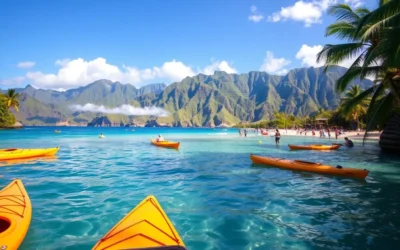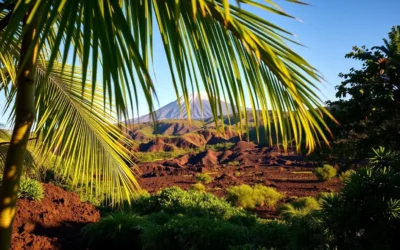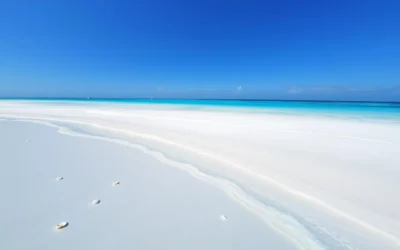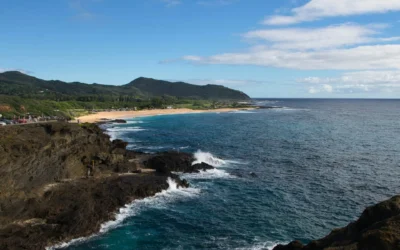✓ Accommodations ✓ Flights ✓ Rental Cars ✓ Tours & Activities
Nestled between the vibrant neighborhood of Waikiki and the iconic Diamond Head on the island of Oahu, Kap’lolani Regional Park is a 200-acre oasis that offers a unique blend of recreational activities, cultural experiences, and natural beauty.
This historic public space, dedicated by King David Kalākaua in 1877, continues to be a popular destination for both locals and visitors. As you stroll through the park, you’ll discover century-old trees, scenic views, and a variety of activities to enjoy.
Whether you’re looking to relax, participate in sports, or explore nearby attractions, Kap’lolani Regional Park has something for everyone. With its rich history and diverse offerings, this beloved Hawaiian landmark is a must-visit destination.
Kap’lolani Regional Park, Oahu, Hawaii: Visitor Information

As you step into Kap’lolani Regional Park, you’ll discover a lush 200-acre landscape that has remained largely unchanged since its dedication in 1877. This historic park is nestled at the foot of Diamond Head, offering a peaceful retreat from the bustling energy of Waikiki.
Kap’lolani Regional Park spans an impressive 200 acres of lush landscape, providing a perfect balance of recreational facilities, open green spaces, and cultural landmarks. The park is named after Queen Kapiʻolani, the beloved wife of King Kalākaua, honoring her legacy and commitment to the Hawaiian people.
The park encompasses not only expansive green spaces but also includes the popular Honolulu Zoo and the Waikiki Shell concert venue, creating a comprehensive recreational complex. You can enjoy a wide range of activities, from sports and picnicking to attending cultural performances and special events that celebrate Hawaii’s rich heritage.
The park’s strategic location provides you with stunning views of Diamond Head crater on one side and the sparkling waters of Waikiki Beach on the other. Today, the City and County of Honolulu Department of Parks and Recreation maintains this treasured space as part of a Public Charitable Trust, ensuring it remains free and accessible to all.
The Rich History of Kap’lolani Regional Park
As you explore Kap’lolani Regional Park, you’ll uncover a rich history that spans over a century. The park’s story begins with its dedication as a public space by King David Kalākaua in 1877. This act marked the beginning of a legacy that would evolve over the years, shaped by significant historical events and the vision of its royal founders.
A Royal Gift: King David Kalākaua’s Legacy
King David Kalākaua dedicated 200 acres of royal land to create a public park for the people of Hawaii. The park was named after his wife, Queen Kapiʻolani, whose name translates to “the arch of heaven.” This royal gift was a testament to the king’s commitment to public welfare and recreation. The dedication ceremonies, held on Kamehameha Day, June 11, 1877, underscored the park’s significance as a royal legacy.
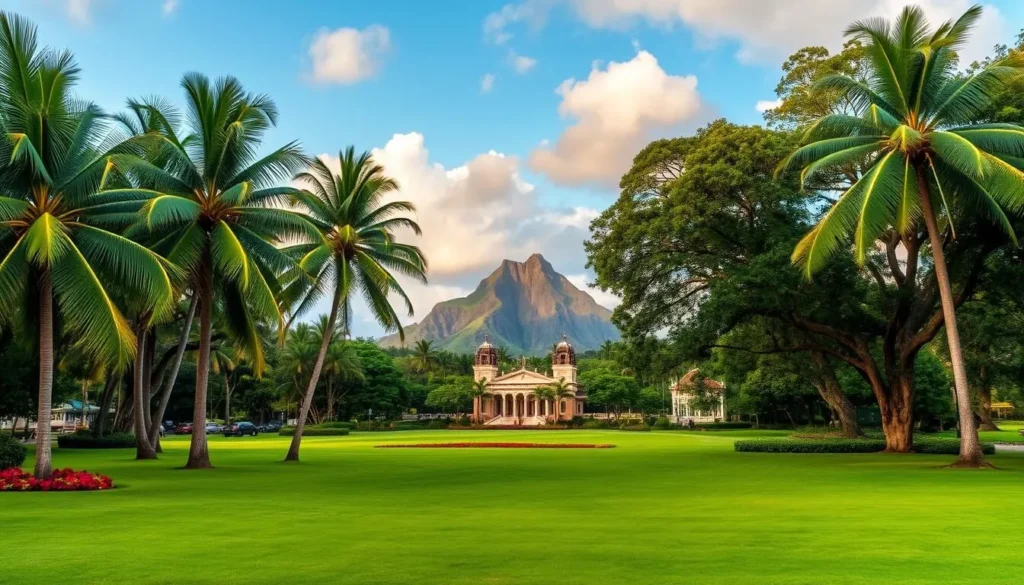
From Polo Fields to Public Park: Evolution Through the Years
Originally used as polo fields for the king’s entertainment, Kap’lolani Regional Park has undergone significant transformations. Following the overthrow of the Hawaiian Kingdom in 1893, the land was conveyed to the Republic of Hawaii and managed by the Honolulu Parks Commission. Legislation ensured that the park remained a free public space, prohibiting the sale or lease of the land and banning entrance fees. Today, the park is preserved by the City and County of Honolulu Department of Parks and Recreation, maintaining its historical character while adapting to modern recreational needs.
| Year | Event | Significance |
|---|---|---|
| 1877 | Dedication of Kap’lolani Regional Park | Marked the beginning of the park’s legacy as a public space |
| 1893 | Overthrow of the Hawaiian Kingdom | Land conveyed to the Republic of Hawaii |
| 1913 | City and County of Honolulu took management | Preservation and adaptation of the park for modern needs |
Park Features and Landmarks
As you step into Kap’lolani Regional Park, you’ll be greeted by a plethora of iconic landmarks that define this historic space. The park is a treasure trove of natural beauty and historical significance, making it a must-visit destination in Oahu, Hawaii.
The Iconic Bandstand
The park bandstand has been a central feature since its inception, with the current structure designed in Contemporary Hawaiian Victorian style in 2000. It continues the tradition of hosting the Royal Hawaiian Band performances, a legacy that dates back to King Kalākaua’s time. The bandstand has evolved through four different structures, with the first one located near the present-day Honolulu Zoo entrance.
Historic Trees and Natural Beauty
The park is adorned with magnificent banyan trees (Ficus benghalensis) planted between 1922-1923, now designated as Exceptional Trees protected by Hawaiian state law. These trees, along with historic Ironwood trees lining what was once the King’s Carriage Road, contribute to the park’s natural beauty. The strategic location of the park offers stunning views of Diamond Head crater, creating a green buffer between urban Waikiki and the natural landscape.
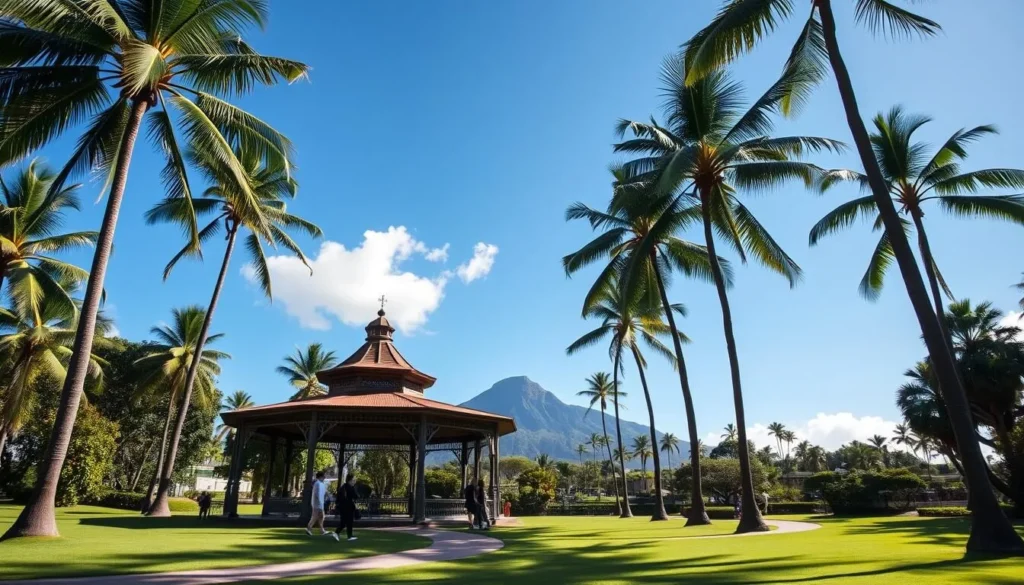
The Dillingham Fountain
The impressive Dillingham Fountain, donated in 1967 by the Walter and Louise Dillingham Foundation, serves as a memorial to Louise G. Dillingham. Recent renovations in 2020 updated the fountain with new pumps, light fixtures, and plumbing, ensuring it continues to delight visitors. The fountain is a testament to the park’s rich history and its significance in the community.
As you explore Kapiolani Park, you’ll discover more about its history, from the former Makee Island to the various tree species that have been preserved. The park’s features and landmarks make it a unique and fascinating place to visit.
Activities and Recreation Options
Kapiolani Park is not just a scenic spot; it’s also a hub for various sports and leisure activities. The park offers a diverse range of recreational options, making it an ideal destination for visitors seeking both relaxation and adventure.
Sports Facilities and Courts
The park is equipped with numerous sports facilities, including well-maintained tennis courts at the Donald A. Andrews Diamond Head Tennis Center. You can enjoy a casual game of tennis or watch local tournaments. Additionally, the park features basketball courts, baseball diamonds, soccer fields, and spaces for rugby, cricket, and lacrosse games.
Picnic Areas and Open Spaces
The park’s expansive picnic areas, shaded by historic banyan trees, offer ideal spots for family gatherings. The ample open spaces allow children to play freely, making it a perfect outing for families. You can relax in the shade and enjoy quality time with your loved ones.
Walking and Jogging Paths
Walking and jogging paths wind throughout the park, providing scenic routes with views of Diamond Head and the park’s natural beauty. These paths are perfect for fitness enthusiasts who want to exercise in a beautiful outdoor setting. Whether you’re looking for a leisurely walk or a vigorous jog, the park’s paths cater to all preferences.
In summary, Kapiolani Regional Park offers a wide range of activities and recreational facilities, making it a vibrant destination for visitors from all over. Whether you’re interested in sports, relaxation, or simply enjoying the outdoors, the park has something for everyone.
Cultural Events and Performances
Kap’lolani Regional Park is a vibrant cultural hub that hosts a diverse array of events and performances throughout the year. You can enjoy a wide range of activities, from traditional Hawaiian music and dance to contemporary art exhibitions and cultural festivals.
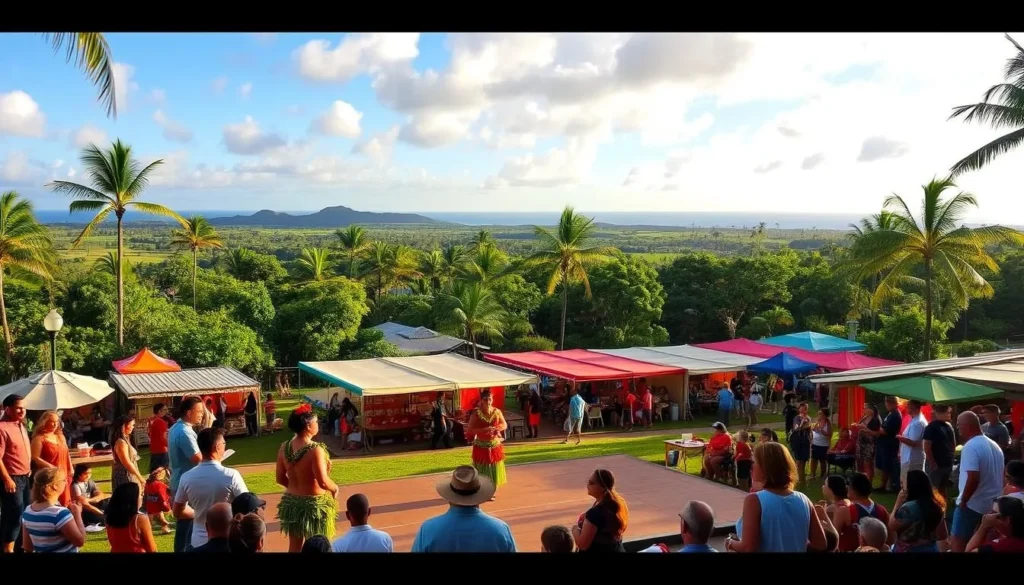
Royal Hawaiian Band Concerts
The Royal Hawaiian Band performs free concerts on many Sunday afternoons at the park’s bandstand, continuing a tradition that dates back to the 1800s when King Kalākaua formed the “King’s Band.” These concerts are a great way to experience Hawaiian music and culture in a beautiful outdoor setting.
Annual Festivals and Celebrations
The park comes alive during annual celebrations like the Lei Day Festival on May 1st, where you can experience traditional Hawaiian music, dance, and lei-making demonstrations. Other events include cultural fairs, exhibitions, and the Honolulu Marathon start/finish line. You can also check out the “Art on the Zoo Fence” exhibition, held every Saturday and Sunday from 9am to 4pm since 1953.
To stay up-to-date with the latest events and performances, you can visit the City and County of Honolulu’s Parks and Recreation Online System (PROS) website. With its rich history and cultural significance, Kap’lolani Regional Park is a must-visit destination for anyone interested in experiencing the best of Hawaiian culture.
- Enjoy free concerts by the Royal Hawaiian Band at the park’s bandstand on many Sunday afternoons.
- Experience traditional Hawaiian music, dance, and lei-making demonstrations at the Lei Day Festival.
- Check out the “Art on the Zoo Fence” exhibition, held every Saturday and Sunday from 9am to 4pm.
- Visit the City and County of Honolulu’s Parks and Recreation Online System (PROS) website to stay up-to-date with the latest events and performances.
Nearby Attractions
As you explore Kap’lolani Regional Park, you’ll discover a wealth of exciting attractions nearby. The park’s strategic location makes it an ideal starting point for your Oahu adventure.
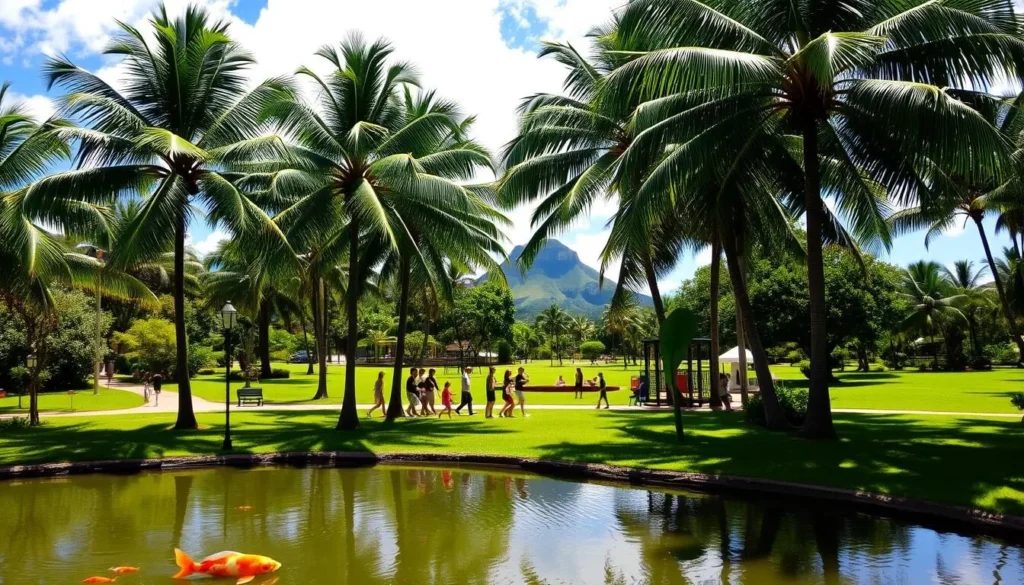
Honolulu Zoo
One of the park’s main attractions is the Honolulu Zoo, established in 1915. With over 900 animals in naturalistic habitats, it’s a perfect destination for families. You can easily spend a day observing the diverse wildlife and learning about conservation efforts.
Waikiki Shell
Just a short walk from the park is the iconic Waikiki Shell, an outdoor amphitheater that hosts legendary musical performances. Since 1954, it has provided a unique venue for concerts under the stars, making it a must-visit spot for music lovers.
Waikiki Beach and Diamond Head
Across from the park lies the world-famous Waikiki Beach, offering pristine white sands and azure waters perfect for swimming, surfing, and sunbathing. The majestic Diamond Head crater forms a dramatic backdrop, with hiking trails leading to spectacular panoramic views of Honolulu and the Pacific Ocean.
These attractions, along with the park itself, are maintained by the City and County of Honolulu as part of a Public Charitable Trust, ensuring they remain accessible to all visitors.
Practical Information for Visitors
To make the most of your visit to Kap’lolani Regional Park, it’s essential to know some practical information. The City and County of Honolulu Department of Parks and Recreation has maintained this large green open space since 1913, offering a wide range of outdoor recreational activities.
Hours and Accessibility
The park is open daily from early morning until late evening, making it accessible for morning joggers, daytime picnickers, and evening strollers alike. You’ll find the park easily accessible by various transportation options, including public buses, ride-sharing services, or a pleasant walk from Waikiki hotels. The park is designed to be accessible to people of all abilities, with paved pathways suitable for wheelchairs and strollers throughout most areas.
Facilities and Amenities
The park offers numerous facilities, including clean restrooms, water fountains, and shaded seating areas. Free parking is available along Kalakaua Avenue and Monsarrat Avenue, though spaces can fill quickly during weekends and special events. For the most up-to-date information on scheduled events and temporary closures, you can check the Parks and Recreation Online System (PROS) on the Department of Parks and Recreation website.
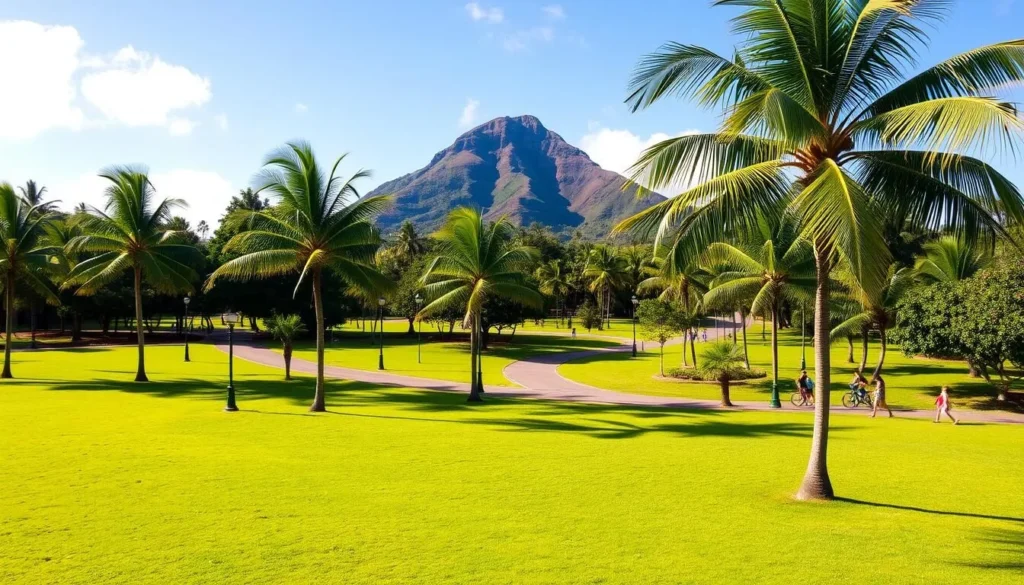
Conclusion
Kapi’olani Regional Park stands as a testament to the vision of King David Kalākaua, offering a unique blend of history, culture, and recreation. As the second oldest public park on Oahu, this 200-acre oasis provides a perfect day out for people of all interests. You can enjoy events at the Waikiki Shell, explore the Honolulu Zoo, or simply relax in the shade of century-old banyan trees. Maintained by the City and County of Honolulu Department of Parks, the park remains a free and open public space for everyone to enjoy.
The above is subject to change.
Check back often to TRAVEL.COM for the latest travel tips and deals.
